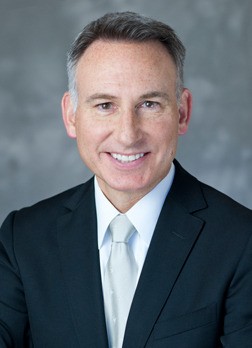King County Executive Dow Constantine and Seattle Mayor Ed Murray are bringing together a wide range of experts to recommend immediate actions to confront the region’s growing heroin and prescription opiate epidemic.
More people in King County now enter detox for heroin than they do alcohol. In 2014, opiate overdose deaths were the highest ever recorded in King County—more than triple the number of deaths in 2009.
“Addiction to heroin and prescription pain killers is devastating families in every one of our communities—sparing no age, race, gender, neighborhood or income level,” said Constantine in a media release. “Our region has a proud tradition of working together across disciplines to achieve a common goal. It’s now time for us to apply that sense of shared purpose to confront this epidemic.”
“I have declared a state of emergency to address homelessness, but I am told by our outreach workers and officers that hundreds of the people who live on our streets are struggling with addiction,” said Murray. “If we are ever to get people into permanent housing, we must do more on chemical dependency treatment. That means asking the tough questions about how we improve our response to this national heroin epidemic and the resulting property crime and disorder.”
The task force includes more than 30 members representing multiple disciplines, such as public health, human service agencies, criminal justice, cities, University of Washington, hospitals, treatment providers, and others working together to expand the region’s capacity for treatment and prevention capacity.
“Heroin use and overdoses have continued to plague King County, just like the rest of the country—and the rising use by teenagers is particularly troubling,” said King County Sheriff John Urquhart. “We must work together to find a way to reduce this killer drug.”
There were 156 heroin-related deaths in King County in 2014, the highest number in 20 years. Substance abuse is one of the root causes of homelessness, and drug overdose is currently the leading causes of death among people who are homeless.
Treatment for addiction is most effective when it is delivered at the right time and in the right setting. Because the treatment capacity in King County has not kept up with sharp increase in heroin and prescription opiate addiction, many people end up receiving treatment in the most expensive settings, including hospitals and jails.
As of Oct. 1, 2015, about 3,615 people were receiving methadone treatment in King County, but lack of treatment capacity leaves more than 150 people on a waitlist each day. Other effective treatment options exist, but they are used inconsistently and are not available in all parts of the county.
Next steps for the task force members
The Task Force on Heroin and Prescription Opiate Addiction will convene in March and will immediately begin developing short- and long-term action steps to:
Expand treatment capacity; increase access to evidence-based treatment options; expand prevention efforts; increase public awareness and understanding of addiction; and explore other options and opportunities to improve access to treatment on demand and reduce overdose and death.
Unlike the heroin epidemic in the 1990s, which was largely contained to Seattle, this spike in addiction is hitting every community in King County.
Talk to us
Please share your story tips by emailing editor@kentreporter.com.
To share your opinion for publication, submit a letter through our website https://www.kentreporter.com/submit-letter/. Include your name, address and daytime phone number. (We’ll only publish your name and hometown.) Please keep letters to 300 words or less.

